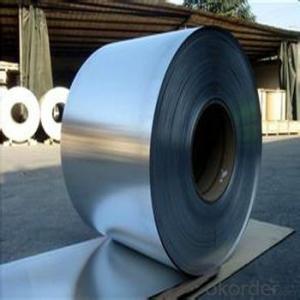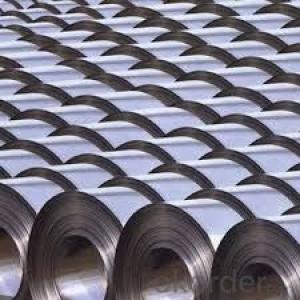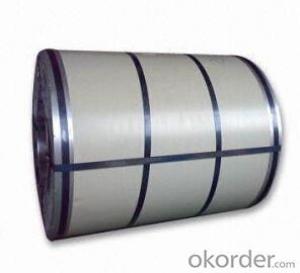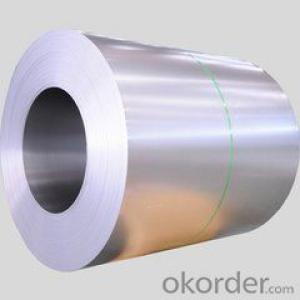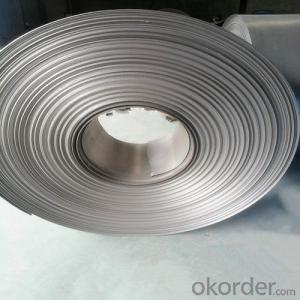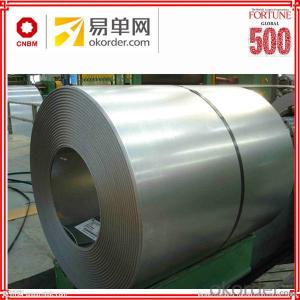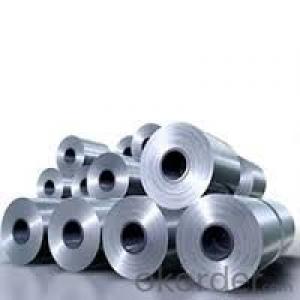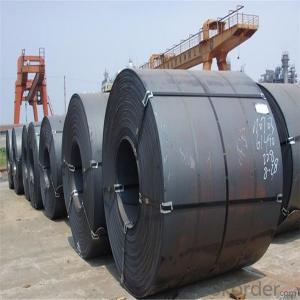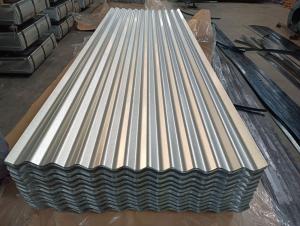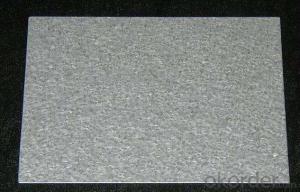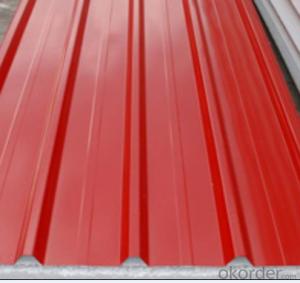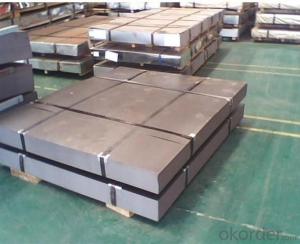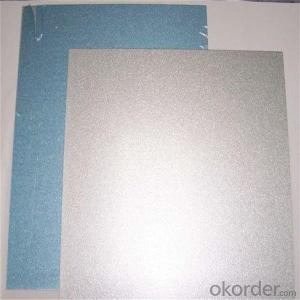Bilstein Cold Rolled Steel
Bilstein Cold Rolled Steel Related Searches
Best Paint For Stainless Steel Blanket Insulation For Steel Buildings Primer For Galvanized Steel Foam Filter For Stainless Steel H S Code For Stainless Steel Surface Grinding Wheels For Stainless Steel Surface Grinding Wheels For Hardened Steel Hole Saw For Stainless Steel Paint For Stainless Steel Stainless Steel For BbqHot Searches
Steel Mesh Panels For Sale Price For Stainless Steel Scrap Scrap Price For Stainless Steel Price For Stainless Steel Stainless Steel Tank For Sale Stainless Steel Sheets For Sale Cheap High Tea Sets For Sale Stainless Steel Tanks For Sale Stainless Steel For Sale High Density Fiberboard For Sale Solar Hot Water Collectors For Sale Scaffolding For Sale In Uae Scaffolding For Sale In Ireland Scaffolding For Sale In Houston Type Of Inverter For Solar Price Of Shipping Containers For Sale Types Of Inverter For Solar Stock Price For Aluminum Used Solar Inverter For Sale Steel Mesh Panels For SaleBilstein Cold Rolled Steel Supplier & Manufacturer from China
Okorder.com is a professional Bilstein Cold Rolled Steel supplier & manufacturer, offers integrated one-stop services including real-time quoting and online cargo tracking. We are funded by CNBM Group, a Fortune 500 enterprise and the largest Bilstein Cold Rolled Steel firm in China.Hot Products
FAQ
- Yes, steel sheets can be used for kitchen countertops. Steel is a durable and long-lasting material that can withstand high temperatures, making it suitable for kitchen use. It is resistant to stains, scratches, and water damage, making it easy to clean and maintain. Additionally, steel countertops can provide a sleek and modern aesthetic to any kitchen. However, it is worth noting that steel can be prone to scratches and dents, so it is important to exercise caution when using sharp utensils or heavy objects on the countertop.
- Yes, steel sheets can be used for manufacturing HVAC systems. Steel is a commonly used material in the HVAC industry due to its durability, strength, and heat resistance properties. It can be fabricated into various components such as ductwork, air handlers, and heat exchangers, making it suitable for manufacturing HVAC systems.
- The color options for steel sheets vary depending on the specific type of coating or finish applied. Common color options include white, black, gray, blue, green, red, and metallic shades such as silver and gold. Additionally, custom colors can be achieved through processes like powder coating or painting.
- Yes, steel sheets can definitely be used in architectural or decorative applications. Steel is a versatile and durable material that offers numerous benefits for both structural and aesthetic purposes. In architectural applications, steel sheets can be used for roofing, wall cladding, and structural framing, providing strength, stability, and resistance to harsh weather conditions. Additionally, steel sheets can be fabricated into various shapes, sizes, and finishes, allowing architects and designers to create unique and visually appealing structures. In decorative applications, steel sheets can be used for interior and exterior design elements such as decorative panels, screens, railings, and sculptures. The ability to customize steel sheets with various patterns, textures, and colors makes them a popular choice for enhancing the visual appeal of buildings and spaces. Overall, steel sheets are a versatile material that can be utilized in a wide range of architectural and decorative applications, offering both functionality and aesthetics.
- Yes, steel sheets are susceptible to warping or bowing due to factors such as temperature changes, uneven cooling, or excessive stress.
- There are several different types of surface patterns available for steel sheets, including smooth, textured, embossed, diamond, and perforated patterns.

















